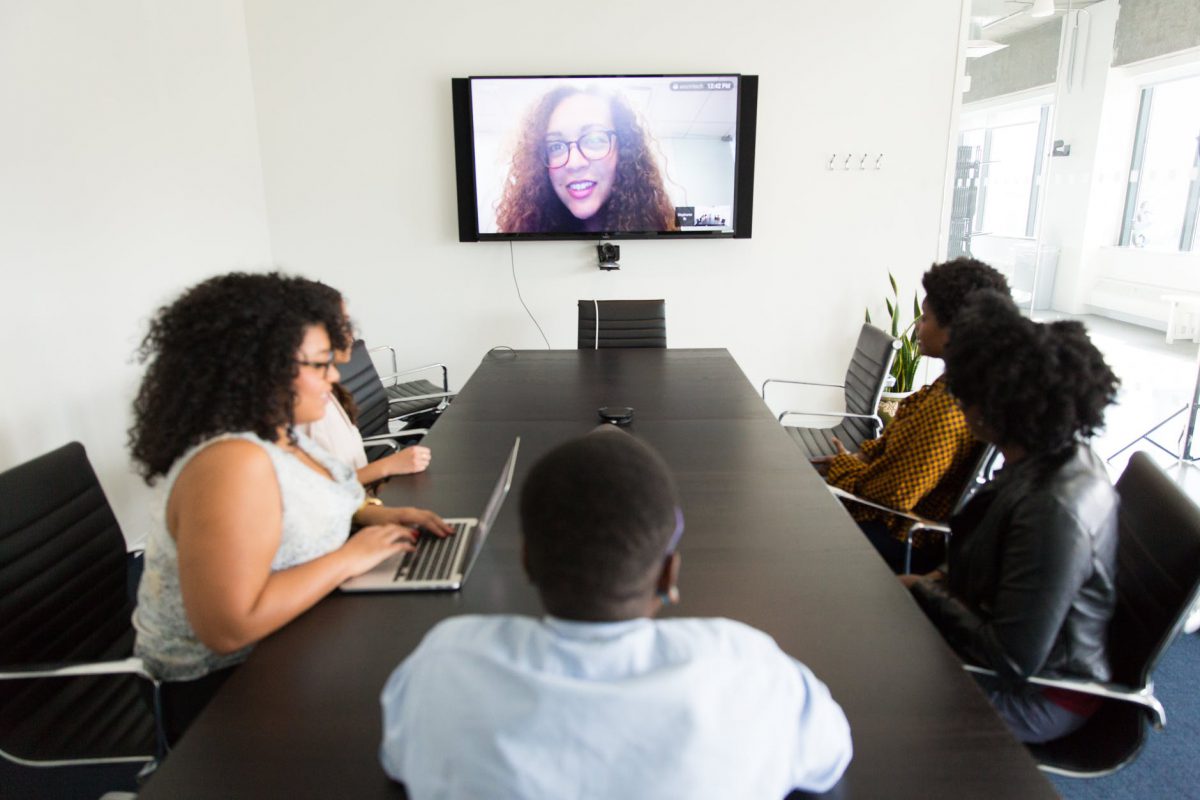Do you know which of your employees are family caregivers? Statistically speaking, the majority of them likely are, although fewer than half of employers track this data. Researchers at Harvard Business School found that 73% of U.S. employees are caring for a child, parent, and/or friend. With the novel coronavirus forcing drastic changes to what caretaking requires, and pushing even more people into the caregiver category as their loved ones struggle to recover from COVID-19, it’s crucial that employers recognize the additional strain this can place on employees.
In the same HBS study referenced above, more than 80% of caregivers surveyed admitted that their caregiving responsibilities affected their productivity. Accordingly, beyond just being the right thing to do, taking steps to better support employee caregivers has a strong business case. While some employees may be hesitant to share details about their caregiving relationships at work, it’s important nonetheless that companies put structures and benefits in place to ensure employees can succeed no matter what they may be dealing with in their personal lives.
Considerations when designing a program to support employee caregivers
As mentioned above, the first items to take into account when determining how to support employees who are family caregivers are privacy and equity. Employees should not feel obligated to disclose their caregiving roles, nor should they have to question whether being a caregiver will potentially be used against them in deciding who will receive challenging assignments, promotions, pay raises, etc. While it can be useful to understand exactly which employees are caring for a child, relative, or friend, it’s more important to ensure that all your workers are aware of your company’s available accommodations as anyone’s caregiving status can change at any moment. Accordingly, focus on education and transparency more so than identifying your employees with caregiving responsibilities directly.
As part of your education efforts, it’s also important to ensure that employees know that your company both supports and respects employee caregivers. Build awareness about the challenges that family caregivers face, and how your company helps employees address them. Make sure that your sensitivity training for managers includes content on caregiving so that they can best meet the needs of their team members.
Lastly, don’t forget to factor caregiving into your benefits programs. If you can offer daycare and/or related subsidies, flexible work hours and remote work, and healthcare plans that are inclusive of a variety of family structures to ensure your workers can access coverage for those who need it, it will go a long way towards making your workplace friendly and welcoming to employee caregivers. Don’t forget to ensure that all your employees are aware of the full extent of the benefits you provide!
Recommendations for building inclusion for caregivers in your workplace
While the considerations listed above are crucial to form the basis of your program, these efforts will fall flat if your caregiving employees don’t feel welcomed and included within your workplace. There are a number of approaches you can take to building belonging for these team members, but we’ve listed our favorites below:
- Connect employees with resources. Beyond offering specific benefits to support caregivers as mentioned above, and especially if that’s not achievable within your budget, simply providing a list of relevant resources can be helpful. Assemble information about the services and supports that are available to different types of caregivers, whether they’re responsible for an elderly relative, have young children, or are the guardian for an adult who is ill and/or disabled. Host these repositories somewhere easily accessible, and remind employees of their existence as needed.
- Make your events inclusive and accessible. Obviously a lot has changed since the pandemic hit, but if all of your employee events are being held outside of work hours, they’re likely excluding folx whose personal lives include caregiving. Take people’s non-work commitments into account when you’re planning initiatives, opting for lunch and/or workday times rather than nights or weekends. If you do schedule programming during off hours, try to make it family-friendly, so people can bring their children/relatives rather than having to simply skip it.
- Create a caregiver employee resource group. Caregiving can be extremely isolating and emotionally taxing. By connecting employees with their colleagues who are facing the same struggles, companies can build their employer brand at the same time they’re making something very difficult for their employees a bit easier. Through this group, employees can share recommendations of care providers, exchange supplies (e.g. passing on gently used children’s toys), and commiserate.
How are your employee caregivers doing today? Do you know? If not, the first step is to check in with them, then take steps to address their needs accordingly. If you’re looking for an easy way to aggregate resources for certain groups of workers, connect employees with shared experiences, stand up employee resource groups, and/or easily monitor employee engagement and wellbeing, Workrowd is here for you. Contact us at hello@workrowd.com to see how we can help you better support employee caregivers and make your entire workplace more inclusive.











